Every type of auction is based on three principles. It is called a reverse auction because prices trend down as the bidding goes on rather than up as they would in a typical auction.
 Reverse Auction Meaning Examples What Is Reverse Auction
Reverse Auction Meaning Examples What Is Reverse Auction
A reverse auction is an auction in which sellers compete to sell to a buyer.
:max_bytes(150000):strip_icc()/dotdash_final_Reverse_Auction_Apr_2020-01-94f63a77be914b2e89539f0aac6cbb68.jpg)
What is reverse auction. The bid reflects how much the buyer is being asked to pay. A reverse auction is an auction where the roles of a buyer and seller are exchanged ie. Reverse auctions are also popularly known as B2B Auction.
What is reverse auction. Ad Last second bidding. Sellers bid against each other to win a buyer.
Traditionally reverse auctions meant that prices to supply went down instead of the traditional rise in prices youll see at a normal auction. Reverse Auction is where suppliers bid for a contract to supply a buyer. For those unfamiliar with the concept reverse auctions are auctions where the bidder is the seller and not the buyer.
In a traditional forward auction think eBay a seller initiates an auction with an item they want to sell. What is a Reverse Auction. It is typically part of a sourcing or purchasing process whereby an organization seeks.
What Is A Reverse Auction. For example a company might put up a request to hire an accounting company for a special project. A reverse auction is a way for sellers to compete for a buyers business.
Where have you heard about reverse auction. But is this modern technique limited to interchanged roles. Reverse auctions are a tried and tested tool to get to the best deal.
However in recent years this hasnt always been the case. Ad Last second bidding. In a reverse auction the role of buyers and sellers is reversed.
Buyers then offer prices for the item increasing the value. A reverse auction is a process in which sellers bid to sell their goods and services. The buyer typically a utility then selects winning sellers based on the lowest priced bids first and signs non-negotiable standard contracts with the winning sellers incorporating the prices bid by that seller.
It is the buyers prerogative to accept any of the bids or reject them. What are reverse auctions. A reverse auction is a type of auction in which the buyer initiates the auction and the suppliers compete in real time to win the buyers business by continually offering lower pricing for their goods or services generating significant cost savings for the buyer.
A reverse auction is a strategy used in sourcing between buyers and suppliers in which sellers compete with one another to win the business of the buyer. In the case of normal auctions the vendor puts up a good and potentials buyers offer up prices until the highest bidder emerges. Sellers bid prices instead of buyers.
Web-based reverse auctions have become extremely popular for purchasing large amount of goods or services at the corporate level. The bidder at a reverse auction is the seller as opposed to a traditional auction where the buyer is the bidder. A brief intro on what is a reverse auction.
In the case of. A buyer advertises the services they need and the price theyre willing to pay and sellers compete for the business by undercutting each other. A reverse auction mechanism is an auction approach to procurement wherein sellers which meet certain minimum criteria are eligible to submit non-negotiable price bids.
Eventually the highest offer will earn the product. Reverse auction as the name suggests is a type of auction where more than one seller offers his products for bidding at a price the buyer is willing to buy.
 Reverse Auction Processes Everyting About E Auction Over Blog Com
Reverse Auction Processes Everyting About E Auction Over Blog Com
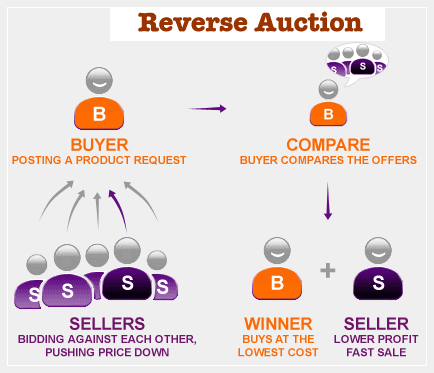 What Are Reverse Auctions Reverseauctions Com
What Are Reverse Auctions Reverseauctions Com
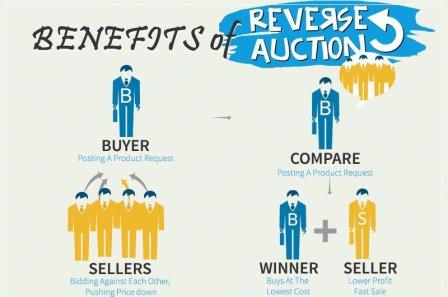 Reverse Auction Software Online Bidding Management System
Reverse Auction Software Online Bidding Management System
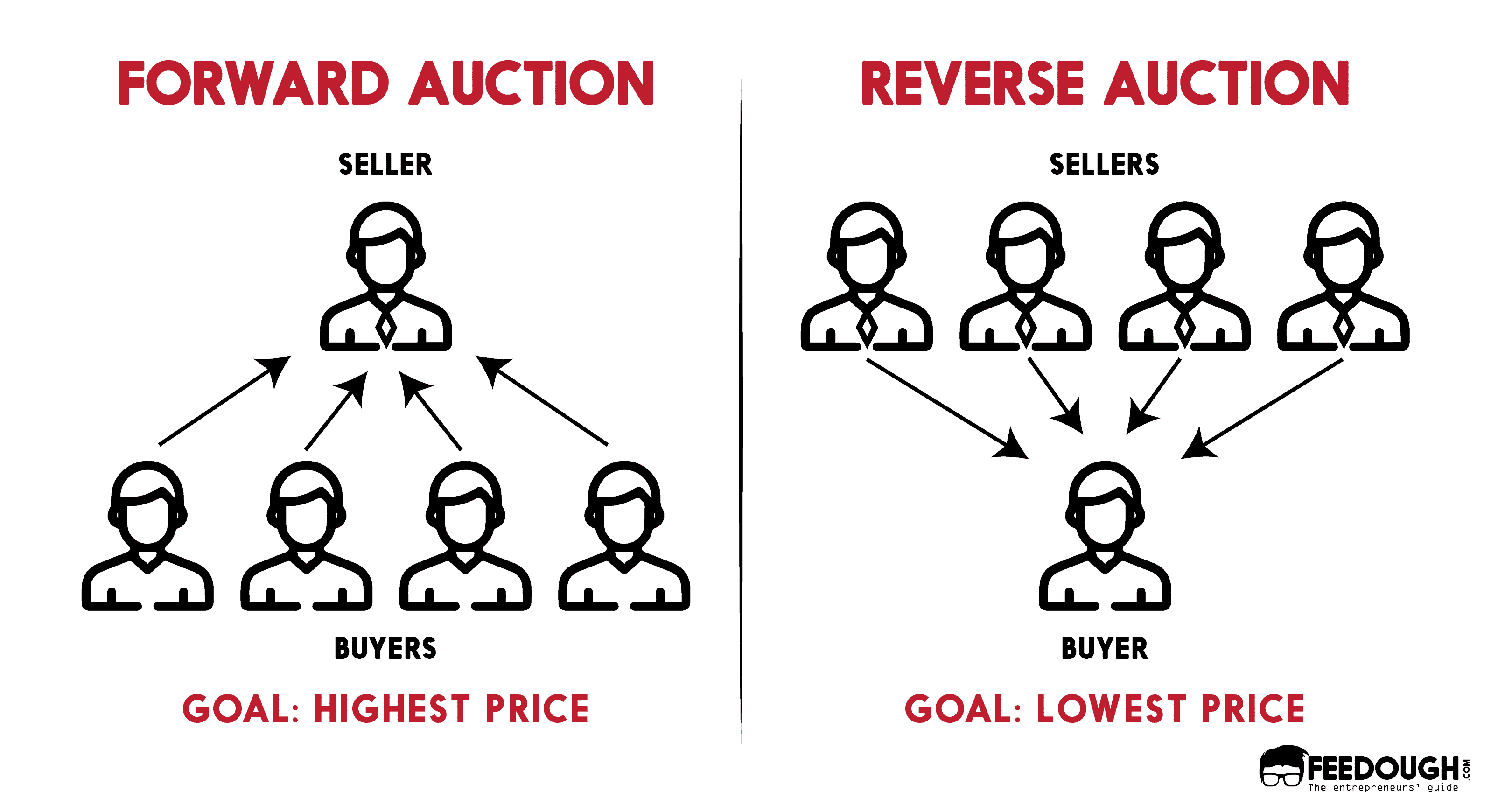 What Is A Reverse Auction How Does It Work Feedough
What Is A Reverse Auction How Does It Work Feedough
 Reverse Auctions How To Conduct Reverse Auctions
Reverse Auctions How To Conduct Reverse Auctions
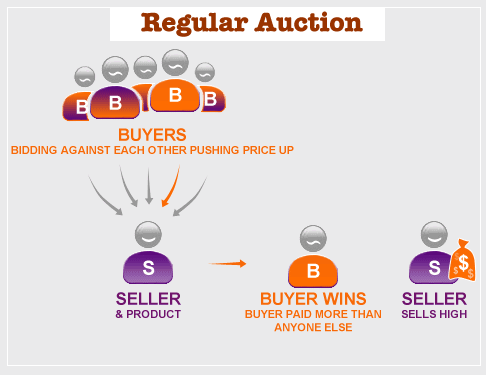 Reverse Auctions Regular Auctions Reverseauctions Com
Reverse Auctions Regular Auctions Reverseauctions Com
 Reverse Auction Dan Strategi Pengadaan Barang Jasa Pemerintah
Reverse Auction Dan Strategi Pengadaan Barang Jasa Pemerintah
 Illustrations Of The Forward And The Reverse Auctions Download Scientific Diagram
Illustrations Of The Forward And The Reverse Auctions Download Scientific Diagram
 5 Things You Should Know About Reverse Auctions Naspo Pulse
5 Things You Should Know About Reverse Auctions Naspo Pulse
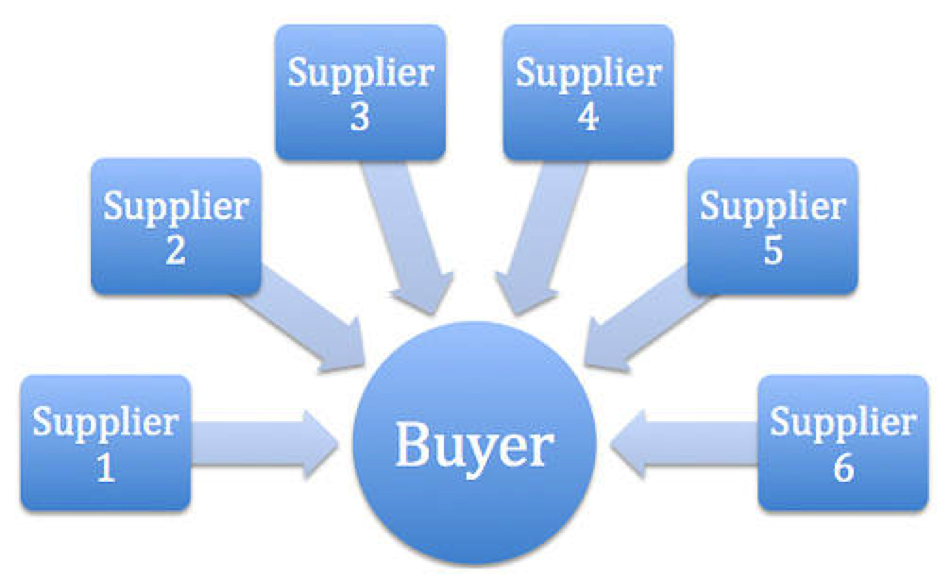

/dotdash_final_Reverse_Auction_Apr_2020-01-94f63a77be914b2e89539f0aac6cbb68.jpg)


No comments:
Post a Comment
Note: Only a member of this blog may post a comment.